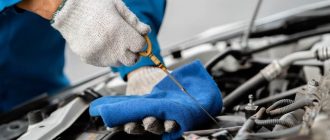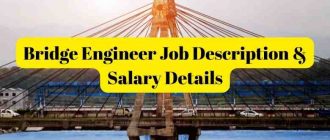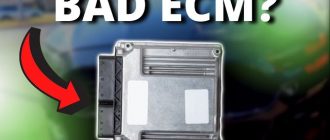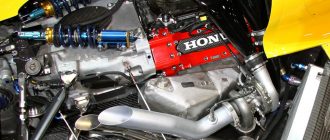## **Can a Car Engine Use Both Petrol and Diesel?**
**Introduction**
The automotive industry has witnessed significant advancements in engine technology over the years. One question that has intrigued car enthusiasts and manufacturers alike is whether it is possible for a car engine to utilize both petrol and diesel as fuel sources. This article delves into the feasibility and implications of such a dual-fuel system.
**Technical Aspects of Dual-Fuel Systems**
To understand the complexities of a dual-fuel engine, it is necessary to delve into its technical components and operation.
**Fuel Injection Systems:** Dual-fuel engines employ two separate fuel injection systems, one for petrol and one for diesel. This allows for precise control of the fuel mixture ratio, optimizing engine performance and emissions.
**Combustion Chambers:** The combustion chambers of dual-fuel engines are designed to accommodate both petrol and diesel combustion. Diesel fuel is typically injected directly into the cylinder, while petrol is mixed with air and introduced through the intake valves.
**Fuel Mixing and Combustion:** The mixing of petrol and diesel fuel occurs either in the intake manifold or directly in the combustion chamber. Depending on the design, the fuel mixture can vary from a homogeneous blend to a stratified mixture.
**Advantages of Dual-Fuel Engines**
**Reduced Emissions:** Dual-fuel engines offer the potential to minimize emissions compared to engines running on a single fuel. By combining the low particulate emissions of diesel combustion with the low nitrogen oxide emissions of petrol combustion, overall exhaust emissions can be reduced.
**Fuel Flexibility:** Dual-fuel systems provide greater flexibility in fuel choice, particularly in regions where fuel availability varies. This flexibility can be advantageous during fuel shortages or price fluctuations.
**Improved Fuel Efficiency:** Optimized fuel mixing and combustion can lead to improved fuel efficiency compared to engines using a single fuel. By exploiting the different properties of petrol and diesel, dual-fuel engines can achieve a wider operating range.
**Disadvantages of Dual-Fuel Engines**
**Complexity and Cost:** Dual-fuel systems are more complex than single-fuel engines, requiring additional components and calibration. This complexity can increase production costs and potential maintenance expenses.
**Reduced Performance:** While dual-fuel engines can offer improved fuel efficiency, they may experience a reduction in maximum power output compared to engines optimized for a single fuel.
**Fuel Compatibility:** The use of two different fuels can introduce compatibility issues and potentially affect engine durability. Proper fuel selection and maintenance procedures are crucial to prevent fuel-related problems.
**Current Applications and Future Prospects**
The development of dual-fuel engines has gained significant momentum in recent years. However, their application is primarily limited to specific industries and applications.
**Heavy-Duty Vehicles:** Dual-fuel engines are commonly used in heavy-duty trucks and buses, where fuel efficiency and reduced emissions are paramount.
**Marine Engines:** Dual-fuel systems are also employed in marine engines, particularly in ships operating in areas with strict emissions regulations.
**Research and Development:** Ongoing research and development efforts focus on improving the efficiency, performance, and durability of dual-fuel engines. Advancements in fuel injection technology, combustion optimization, and engine controls hold promising potential for the future of this technology.
**Conclusion**
The possibility of car engines utilizing both petrol and diesel remains a subject of technical exploration and practical challenges. While dual-fuel systems offer advantages such as reduced emissions, fuel flexibility, and improved fuel efficiency, they also present drawbacks in terms of complexity, cost, and potential performance trade-offs. Current applications are predominantly limited to heavy-duty vehicles and specific industries. Further research and development are necessary to overcome these challenges and expand the feasibility of dual-fuel car engines.




